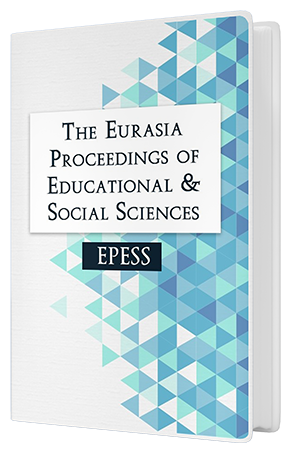Using QR Codes for Improving the Educational Process of Students with Hearing Loss
Keywords:
Mobile education, QR codes, Disadvantaged students, Video teaching materialAbstract
A QR (Quick Response) code is a two-dimensional barcode originally designed for use in the automotive industry. QR codes contain encoded information which is often a URL of a website. In this work, we investigate using QR codes to help teachers convey information to students suffering from hearing loss. Using QR codes for education can be highly engaging and can provide a new way to give students new information. Teachers can help deaf and hearing impaired students address their needs by giving them additional support to access audio-visual videos posted online. During classes teachers can also record their lessons in sign language and post them online for students to access from home while completing homework assignments. The homework sheets can have QR codes linking to the teacher’s directions or video files of that assignment’s targets/overview, online tutorials or other websites for additional support. Additionally, teachers can put their PowerPoint presentations online and provide the students with the QR code to access them. QR codes linking to pre-selected websites for research can be created and printed by the teacher ahead of time and given to students in the laboratory, and the students can use their tablets (equipped with camera and Internet access) to read the code and open such websites. Lastly, QR codes can be used to give students immediate feedback when QR codes embedded in classroom handouts and homework sheets link to the answers to problems so students can check their work.Downloads
Published
Issue
Section
License
Copyright (c) 2018 The Eurasia Proceedings of Educational and Social Sciences

This work is licensed under a Creative Commons Attribution-NonCommercial-ShareAlike 4.0 International License.
The articles may be used for research, teaching, and private study purposes. Any substantial or systematic reproduction, redistribution, reselling, loan, sub-licensing, systematic supply, or distribution in any form to anyone is expressly forbidden. Authors alone are responsible for the contents of their articles. The journal owns the copyright of the articles. The publisher shall not be liable for any loss, actions, claims, proceedings, demand, or costs or damages whatsoever or howsoever caused arising directly or indirectly in connection with or arising out of the use of the research material. All authors are requested to disclose any actual or potential conflict of interest including any financial, personal or other relationships with other people or organizations regarding the submitted work.




